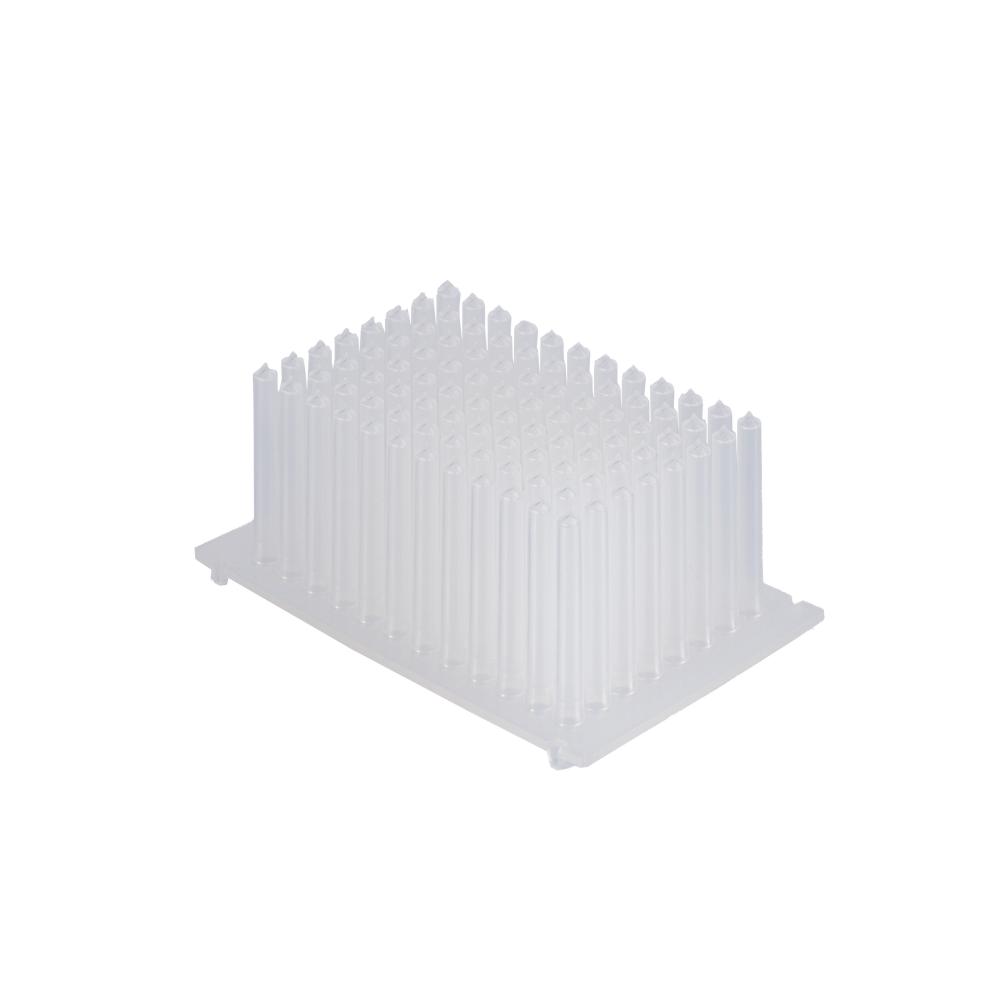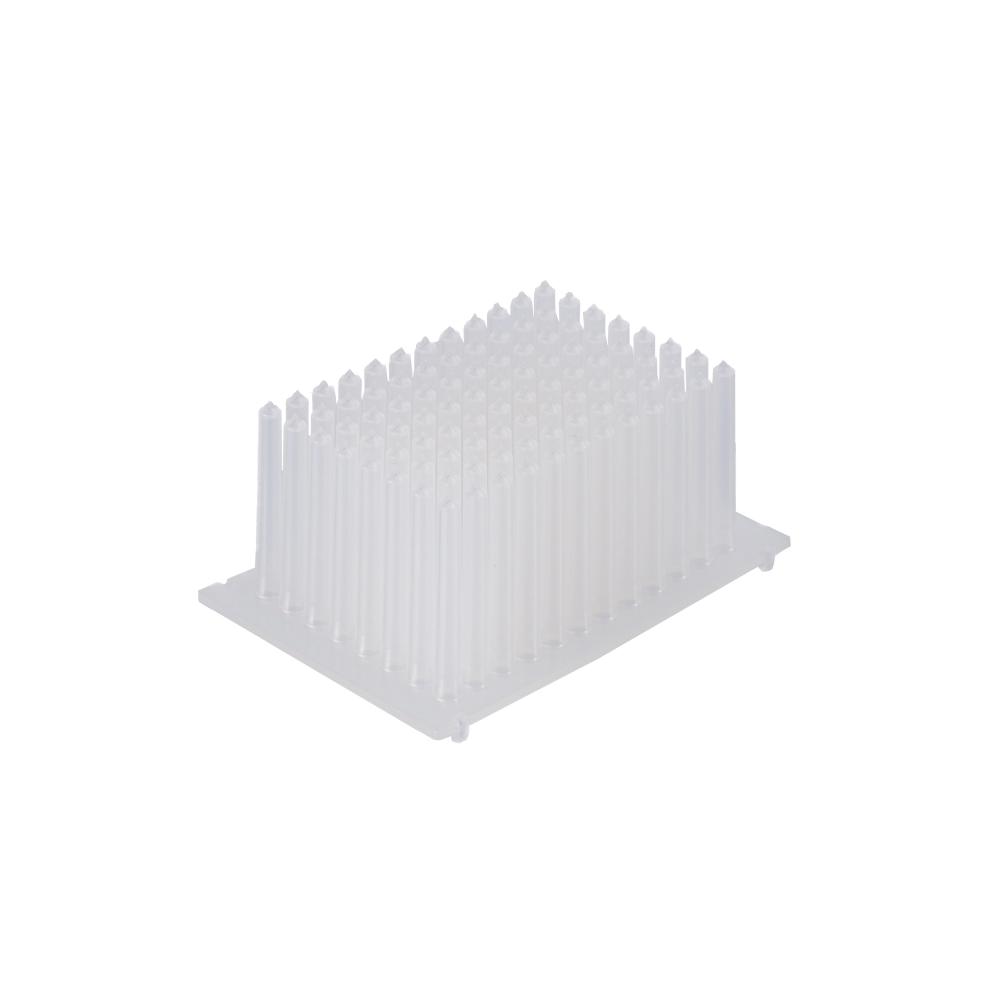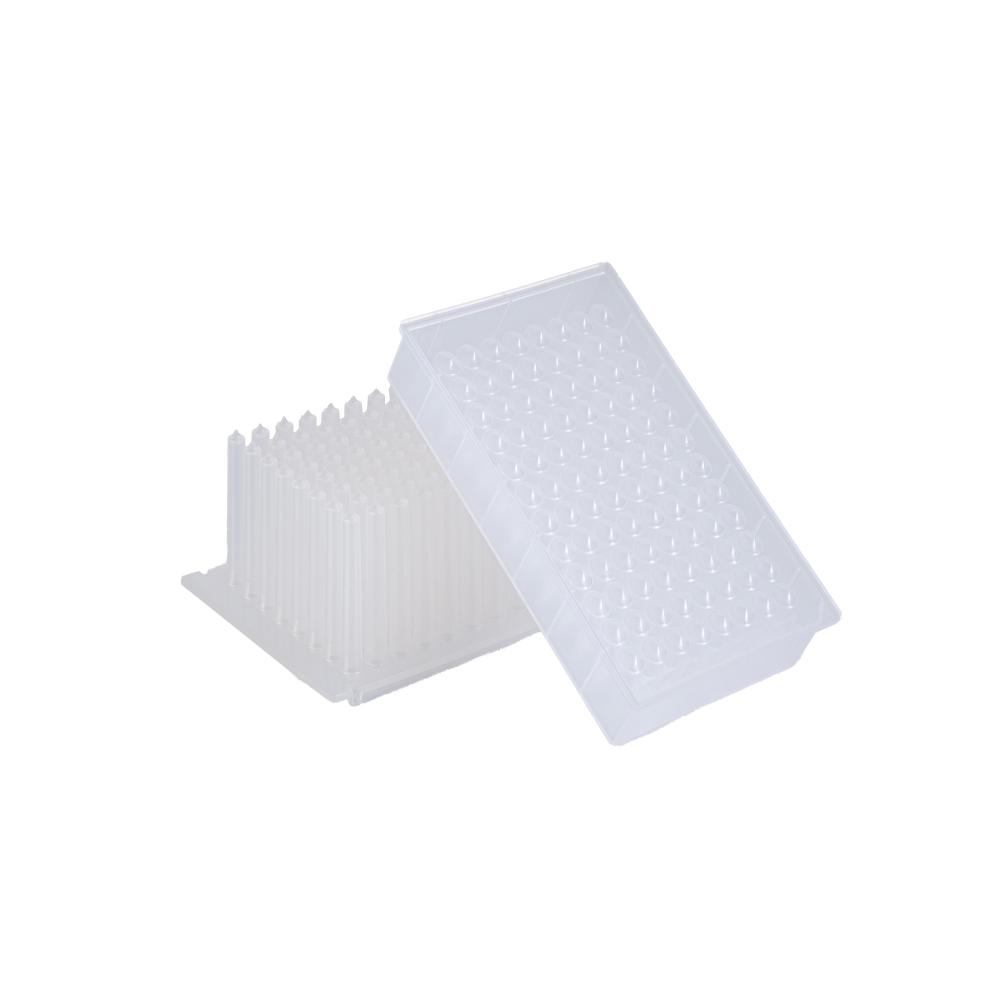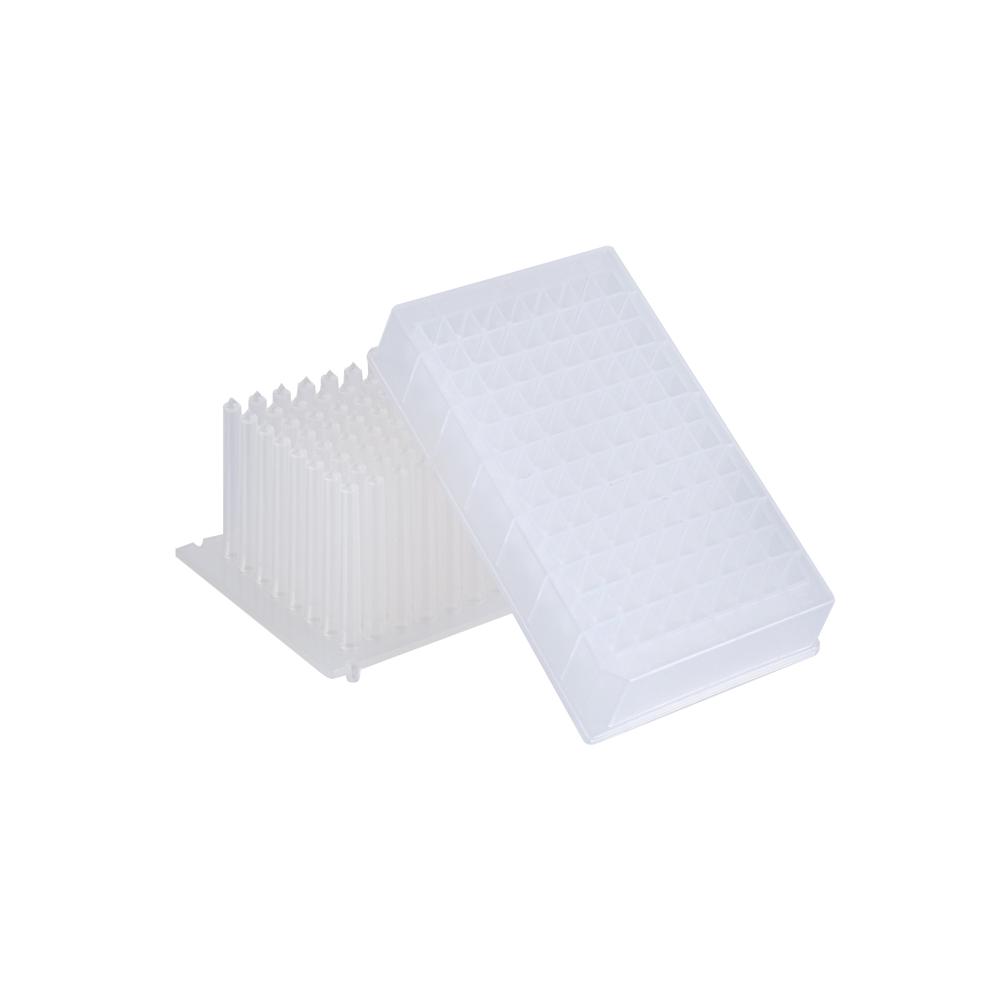Yale University scientists announced on the 5th that their newly completed research reveals in detail how the three genes in human embryonic stem cells control human development. This result is expected to help people understand how to cultivate these cells for disease treatment. Researchers published an article in the newly published "Cell Stem Cell" magazine, saying that the role of human embryonic stem cells in the human body is different from the effect of experimental mouse embryonic stem cells on the mouse body, which highlights the importance of using human embryonic stem cells to carry out research work. Natalya Ivanova, a senior author of the article and assistant professor of genetics at the Yale University Stem Cell Center, said that it is difficult to infer the role of embryonic stem cells in the human body from the condition of the experimental mouse. The human body organizes itself in different ways. Embryonic stem cells form shortly after fertilization, and because each stem cell can be transformed into any kind of cell in the body, they are unique. As the human body develops, cells begin to develop qualitatively, losing the ability to become other cell types, with the exception of certain new stem cell regeneration. Scientists hope to understand the process of stem cell self-regeneration and differentiation in order to treat diseases associated with cell damage, such as Parkinson's disease, spinal injuries, heart disease and Alzheimer's disease. The three genes that scientists have identified in their early development to control embryonic development are Nanog, Oct 4, and Sox 2, which are key to maintaining stem cell self-regeneration and preventing premature differentiation into abnormal cells. Since the current use of human embryonic stem cells is subject to government regulations, many studies on how embryonic stem cells work can only be performed on experimental mice. New research shows that, fundamentally, the role of human embryonic stem cells in humans is different from that of experimental mouse stem cells in mice. For example, in the human body, the Nanog gene is paired with the Oct 4 gene to control the differentiation of cells called ectoderm, which can cause the production of neurons and other central nervous system cells. In contrast, Sox 2 cells, in collaboration with other genes, play a crucial role in the control of all early cell lineages in the ectoderm, mesoderm and endoderm and the production of new stem cells. Stem cell self-regeneration involves multiple types of cancer. Ivanova stressed that many other genes must be involved in the control of early human developmental changes, and her lab is trying to find the answer to the question. Distinct Lineage Specification Roles for NANOG, OCT4, and SOX2 in Human Embryonic Stem Cells Zheng Wang, Efrat Oron, Brynna Nelson, Spiro Razis, Natalia Ivanova Nanog, Oct4, and Sox2 are the core regulators of mouse (m)ESC pluripotency. Although their basic importance in human (h)ESCs has been demonstrated, the mechanistic functions are not well defined. Here, we identify general and cell-line- We have a OCT4 regulates, and interacts with the BMP4 pathway to specify four developmental fates. High levels of OCT4 enable self-renewal in the absence of BMP4 but specify mesendoderm in the presence Of BMP4. Low levels of OCT4 induce embryonic ectoderm differentiation in the absence of BMP4 but specify extraembryonic lineages in the presence of BMP4. NANOG represses embryonic ectoderm differentiation but has little effect on other lineages, SOX2 and SOX3 are redundant and repress mesendoderm differentiation. Thus, instead of being panrepressors of differentiation, each factor controls specific cell fates. Our study revises the view of how self-renewal is orchestrated in hESCs. Literature link: http://(12)00075-6 Made from medical grade polypropylene PP, safety is more
No DNA enzyme, no RNase, no hotme.
Deep Hole Plate,96 Deep Well,96 Deep Well Plate,96 Deep Hole Plate Jiangsu iiLO Biotechnology Co., Ltd. , https://www.iilogene.com
Use three material seals: non-adhesive seal, silicone seal, heat sealing film seal
According to 12 × 8, it is used to extract free DNA, adapt to KingfisherFlex
Applications, such as high-throughput screening (HTS), cell, tissue culture, continuous dilution, reagent metastasis and low-80 ° C sample preservation (PP material minimum tolerant temperature -80 ° C)





